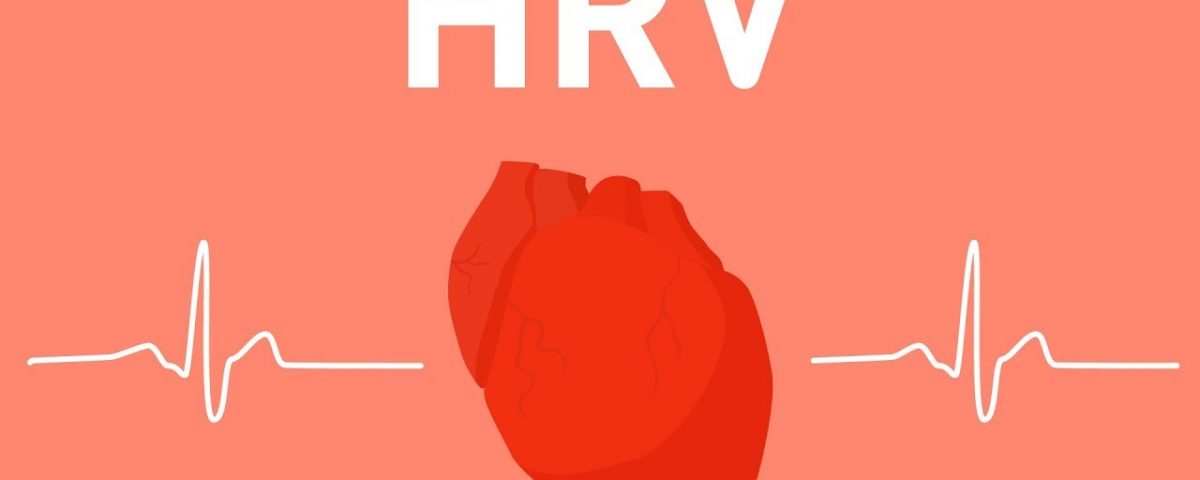
Step into the wild and fall in love with bushwalking!
December 15, 2020
How to sleep when you have shoulder pain
January 13, 2021What is Heart Rate Variability (HRV)?
Recently some researchers have started to use an interesting marker for resilience and behavioural flexibility. It is called heart rate variability (HRV).
Have you ever wondered what the health impact of a stressful day was? Will you perform well during your long run tomorrow morning? Is there anything you can do today that would improve your ability to have a better day moving forward? HRV may be the piece of data that could help you answer these questions.
What is HRV?
HRV is simply a measure of the variation in time between each heartbeat. This variation is controlled by a primitive part of the nervous system called the autonomic nervous system (ANS). It works regardless of our desire and regulates, among other things, our heart rate, blood pressure, breathing, and digestion. The ANS is subdivided into two large components, the sympathetic and the parasympathetic nervous system, also known as the fight-or-flight mechanism and the relaxation response.
The brain is constantly processing information in a region called the hypothalamus. The hypothalamus, through the ANS, sends signals to the rest of the body either to stimulate or to relax different functions. It responds not only to a poor night of sleep, or that sour interaction with your boss, but also to the exciting news that you got engaged, or to that delicious healthy meal you had for lunch. Our body handles all kinds of stimuli and life goes on. However, if we have persistent instigators such as stress, poor sleep, unhealthy diet, dysfunctional relationships, isolation or solitude, and lack of exercise, this balance may be disrupted, and your fight-or-flight response can shift into overdrive.
Why check heart rate variability?
HRV is an interesting and noninvasive way to identify these ANS imbalances. If a person’s system is in more of a fight-or-flight mode, the variation between subsequent heartbeats is low. If one is in a more relaxed state, the variation between beats is high. In other words, the healthier the ANS the faster you are able to switch gears, showing more resilience and flexibility. Over the past few decades, research has shown a relationship between low HRV and worsening depression or anxiety. A low HRV is even associated with an increased risk of death and cardiovascular disease.
People who have a high HRV may have greater cardiovascular fitness and be more resilient to stress. HRV may also provide personal feedback about your lifestyle and help motivate those who are considering taking steps toward a healthier life. It is fascinating to see how HRV changes as you incorporate more mindfulness, meditation, sleep, and especially physical activity into your life. For those who love data and numbers, this can be a nice way to track how your nervous system is reacting not only to the environment, but also to your emotions, thoughts, and feelings.
How do you check your heart rate variability?
The gold standard is to analyze a long strip of an electrocardiogram. But over the past few years, several companies have launched apps and heart rate monitors that do something similar. The accuracy of these methods is still evolving, but I feel the technology is improving substantially. The easiest way to check HRV is to use a Polar Chest Strap and download an app to analyze the data. The chest strap monitor tends to be more accurate than wrist or finger devices. At Hunter Rehabilitation and Health, we use the Polar Chest Strap.
If you want to learn more about this and how we are getting great outcomes with all of our psych patients, please don’t hesitate to give us a call on (02) 4016 4446 or email admin@hunterrehab.com.au

